Representatives of the aster family, their distinctive features, what are the benefits
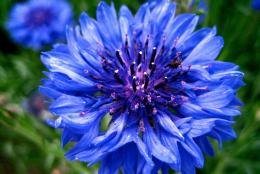
Asteraceae (or Compositae) is one of the largest families, which includes many famous herbs and flowers. They are used in various areas of human life. What is their peculiarity, what characteristic features do they have? Let's get to know the group's representatives better.
Content:
- Description of family members
- Distinctive features of the structure of inflorescences and fruits
- Characteristics of other parts of plants
- The importance of asteraceae in economic activity and use in cooking
- Role in medicine
- Decorative representatives of Asteraceae
- Why do we need aster weeds?
Description of family members
The Aster family, whose representatives belong to more than 100 genera, has about 25,000 species. Represented by annuals and perennials. Most of them are herbaceous (chamomile, wormwood, string). Sizes range from large to petite. Herbs are most common in our latitudes, unlike other types.
Representatives of the Asteraceae (or Asteraceae) family grow in all latitudes of the globe under widely varying climatic conditions. Their greatest numbers are found in tropical and subtropical zones, as well as in temperate regions. They grow in meadows, mountainous and forested areas. Less common in tropical forests with very high humidity and lowlands.
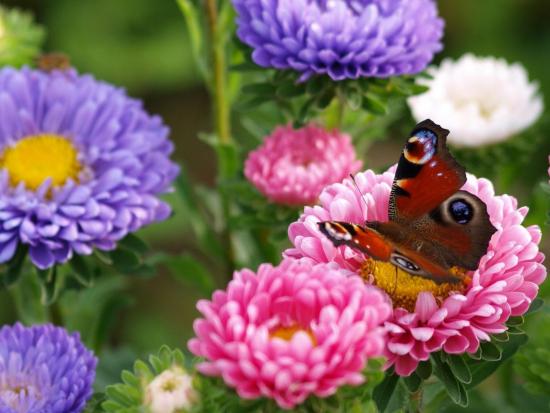
The second most numerous are subshrubs and bushes 1-8 m high. The rarest form is trees, covering only 2% of the total number. These are mainly exotic plants 30-40 m high, living in Madagascar or other islands near the ocean. Some species form entire forests.
Among the Aster family there are rosette trees. Their peculiarity is a peculiar crown, located at the top and similar to a bunch. The height of such trees is 7 m. Place of life - New Zealand.
In warm countries, a small number grows vine. This type is not typical for Asteraceae. In southern Africa, aquatic representatives are occasionally found. There are quite a few among the family succulents, capable of storing water and surviving drought. There are many of them in Madagascar and Ethiopia.
Asteraceae have become widespread throughout the world due to their special chemical composition, which ensures stability and survival in extreme conditions. Some have toxic properties.
The most popular food representative is sunflower.
There are many in the family of decorative flowers - asters, chrysanthemums, dahlias, gerberas. Chamomile and calendula are used for medicinal purposes. Such plants are the most famous and close to us.
Distinctive features of the structure of inflorescences and fruits
The Asteraceae family got its name due to the complex structure of the flower. The inflorescence-basket is the main distinguishing feature. The diameter depends on the species; in wormwood it is no more than a couple of millimeters. But the sunflower boasts 70 cm.
The inflorescence of Asteraceae has the appearance of a large flower. In fact, the appearance of a large bud is created by the combination of many small flowers; the number can range from a few to a thousand.
The flowers are located at the top of the peduncle, on an expanded area with a flat, concave or slightly convex surface. The common calyx is composed of several bracts, forming a basket.
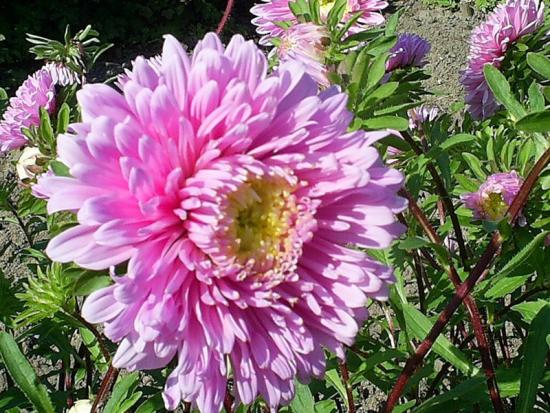
In the Aster family, the flower formula is as follows:
Ch() L(5)T(5)P1 or L(5)T(5)P1, where Ch – calyx, L – petals, T – stamens, P – fruit.
The calyxes often have the appearance of hairs, films, scales, or are completely absent. The corolla consists of 5 fused petals. There are 5 stamens, which also grow together. The fruit is always the same.
There are four types of flowers:
- Reeds are observed in dandelion, chicory, and lettuce lettuce, goat Characterized by an irregular bend.
- Tubular ones have a regular five-tooth bend. In many asteraceae, it is this type that is characteristic of artichoke, burdock, and cornflower.
- Funnel-shaped plants do not have stamens or pistils (the outer flowers of cornflowers).
- False tongues are distinguished by three fused petals.
There are plants with mixed types of flowers. For example, there may be reeds around the circle, and tubular ones in the middle. There are other combinations. Asters have mixed flowers, dahlias, sunflower, chamomile, calendula. Pollination is often carried out by insects.
In the Compositae family, the fruit is an achene.
The sizes are usually small. The fruit always contains one seed inside and is covered with a leathery or woody shell. The seeds are often surrounded by hairs that create a kind of parachute. A striking example is dandelion. This feature helps the wind spread over long distances.
Some seeds are covered with spines, which allows them to attach to animal fur and human clothing. Aster fruits lack protein and contain a lot of oil.
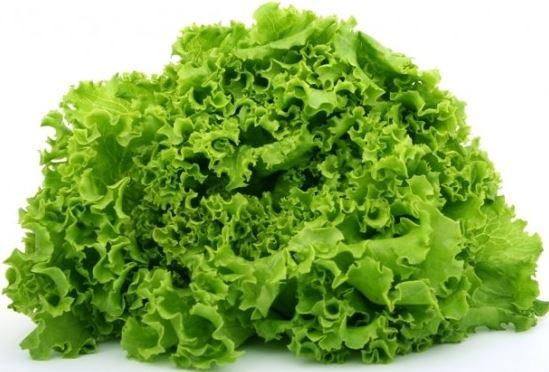
Characteristics of other parts of plants
The Asteraceae family is also characterized by other features. Plants most often have alternate leaves, in rare cases - opposite. The shape and size may vary depending on the species.
Japanese butterbur is endowed with large leaf blades (up to 2 m), which grows in nature on the Kuril Islands, Sakhalin and Japan. Small leaves (2-4 mm) are observed in American baccharis. Rare vines have the most unusual foliage.
The leaves are often provided with pinnate veins. There are also specimens with parallel and arcuate veins.
The stem of Asteraceae is usually erect. It is often covered with hairs, like the leaves.
The root system of aster is taprooted and well developed. The main root is thickened and resembles a tuber. Many representatives develop elongating roots. Some plants have a fungal root.
Among the asteraceae there are “compass plants” with unique abilities. At noon, their leaves turn edge-on towards the sun, the wider side faces east, the narrow side faces west. Plants of this type live in open areas with an abundance of light. Thus, they are protected from overheating and reduce moisture evaporation. Similar specimens include wild lettuce and lobed silphium.
Aster stems and leaves react sensitively not only to light, but also to humidity. For example, sow thistle is used as a kind of barometer. If the plant's basket does not open in sunny weather, then rain can be expected the next day. According to the behavior of autumn helenium experts predict the weather conditions of the coming winter.
The importance of asteraceae in economic activity and use in cooking
The importance of asteraceae in economic activity is multifaceted. Plants of the family are used in medicine (chamomile, calendula), cooking (salad), for decorative purposes (gerberas, asters).
Sunflower is of great economic importance. The production of vegetable oil is an entire industrial sector. One and a half tons of product are obtained from one hectare of sown area. The plant came to our latitudes in the 18th century. North America is considered the birthplace of the flower.
Sunflower is a herbaceous plant reaching 3-4 m in height. Despite its relatively large size, the flower is an annual. The basket contains about 1000 tubular-type flowers; reed-type flowers, in which seeds are not formed, are arranged in a circle.
Sunflower prefers chernozem soils.
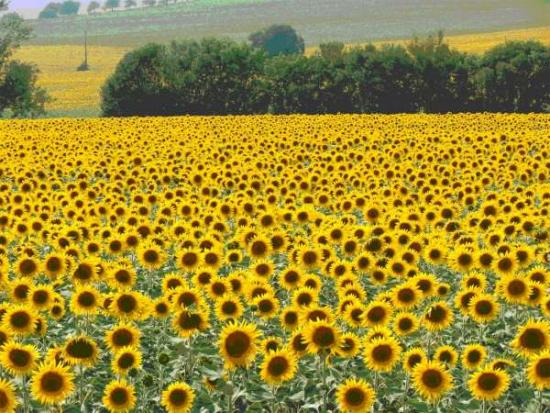
During cultivation, farmers provide additional care: loosening the soil, removing weedy herbs and the use of mineral fertilizers. To increase the harvest, hives are placed near the fields. The flower is excellent honey plant.
Thanks to sunflowers, the bee family manages to produce more than 5 kg of honey per day.
Sunflower oil is produced in industrial quantities. The product is consumed in its pure form and used for the production of margarine, mayonnaise, and bread. Sunflower oil is also involved in the production of linoleum, paint and varnish products, soap and water-repellent fabrics.
An equally important role in the economy is played by the cake formed during the processing of seeds. Shoots of the plant are also used as animal feed, which are crushed and made into silage. Sometimes the ground part of the flower is left to fertilize the soil.
The following Asteraceae plants are used in cooking:
- Lettuce.Young leaves located on the rosette are used for food.
- Chicory. The plant is crushed and used as an additive to coffee. People for whom caffeine is contraindicated brew one chicory.
- Lattack spiny. This compass plant is used as food.
- Jerusalem artichoke. Pear tubers are used in cooking.
- Safflower. Safflower is used as a spice. A harmless food coloring is obtained from the petals.
- Dandelion. It turns out that jelly is made from dandelions. They are cut to make healthy salads.
Although not many plants are used for food, this does not diminish the importance of asteraceae in human life.
Role in medicine
Among the asteraceae there are many plants that have a rich chemical composition and healing properties. Here are the most popular ones.
Sunflower

The flower is used not only for oil extraction. The shoots are used to create medicinal ointments and plasters. Infusions are taken for liver diseases.
Chamomile
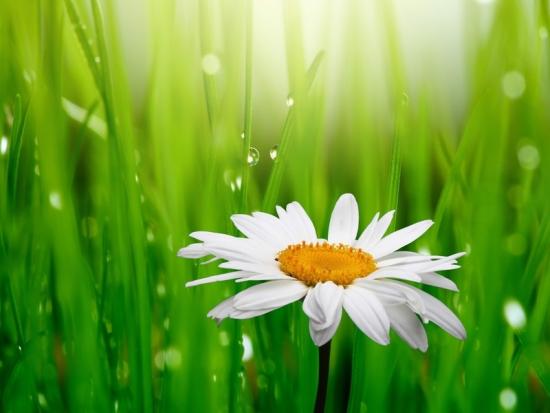
Inflorescences daisies collected and dried. This is carried out at the level of the medical industry. Chamomile perfectly relieves inflammation, irritation and heals. It is used for all kinds of lotions, rinses, compresses and inhalations.
Calendula
Alcohol tinctures are prepared from the flowers of the plant, and dried inflorescences are brewed. Products based on marigolds have an antiseptic and soothing effect.
Mountain arnica
Anticonvulsant and soothing tinctures are made with arnica extract. An effective anthelmintic is obtained from the flowers. Infusions have a healing, hemostatic and analgesic effect.
Artichoke
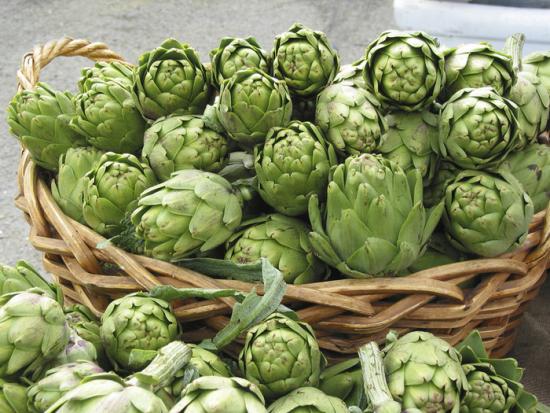
According to the latest research artichoke has a choleretic, diuretic and antirheumatic effect.It is used for swelling, rheumatism, pathologies of the cardiovascular system, and jaundice.
Swamp dry grass
An outwardly inconspicuous plant with small flowers has important medicinal value. With his participation, medicines are made to treat stomach ulcers.
Coltsfoot
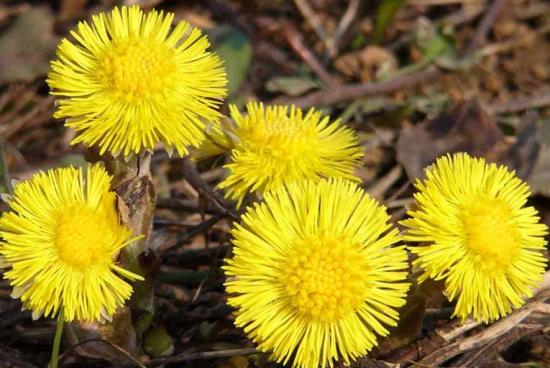
Decoctions and infusions are prepared from young leaves and inflorescences. Medicines are taken for bronchitis, pneumonia, bronchial asthma. Act as an expectorant, disinfectant and anti-inflammatory drug.
Echinacea
Echinacea is a popular plant known for its immunity-boosting properties. It is famous for its antiviral, bactericidal and anti-inflammatory effects. Preparations based on echinacea are used for eczema, wounds, and ulcers. The plant has shown its effectiveness for sore throats, colds, and flu. An important element of the flower is betaine, which can prevent strokes and heart attacks.
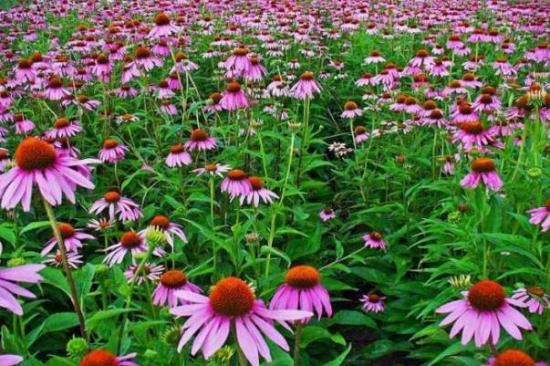
Decorative representatives of Asteraceae
Among the asteraceae there are many plants that are grown for decorative purposes. Many varieties are artificially bred by breeders. Flowers are supplied for sale to flower shops and grown in flower beds, gardens, and parks. Some species are kept at home.
Dahlias
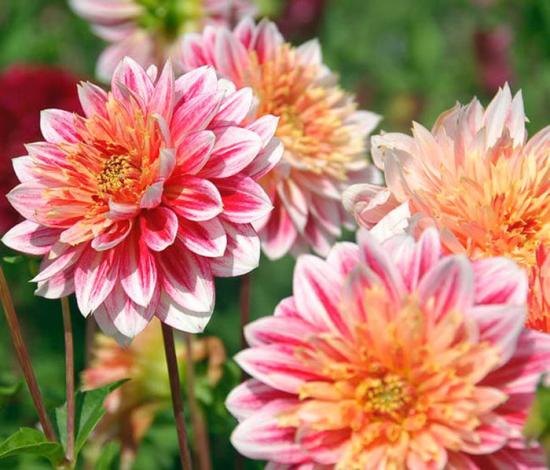
Luxurious perennial flowers that can delight you with long-lasting flowering. Their baskets are large and bright. Dahlias are grown in white, red, yellow, orange and other colors.
Asters
Cultivate annuals and perennials asters. The bud consists of many small tubular flowers. The center of the flower is almost always yellow. The remaining areas of the inflorescence are colored purple, red, white or pink.
Chrysanthemums
Chrysanthemums are plants of extraordinary beauty. They rival roses in their grandeur and sophistication.Most types of chrysanthemums are perennials. More than 5 thousand varieties with large buds have been bred. There are plants of a wide variety of colors. The shape and appearance of the flower varies depending on the variety. Large-flowered chrysanthemums look the most luxurious and rich.
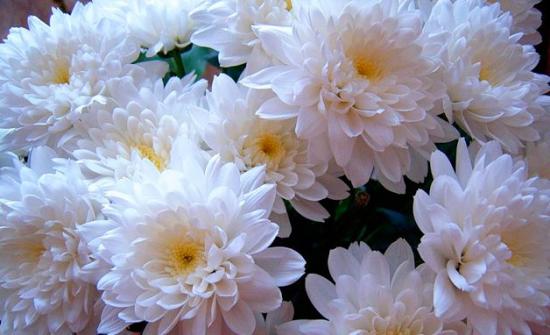
Daisies
Daisies are interesting small flowers that form turf. Plants sometimes form entire flowering carpets. Daisies entire flower beds and lawns are planted. Flowering occurs twice - in spring and late summer. The flowers bloom only on sunny days; the baskets are closed before rain and at night. If you notice closed daisies in the middle of the day, you know that soon the sky will start dripping.
Gerberas
Another wonderful ornamental plant - gerbera. Outwardly, it resembles a large colored chamomile. The large bright flower looks very attractive. Gerbera is grown in flower beds and indoors.
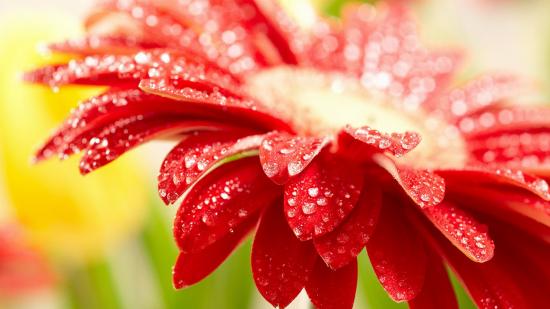
Many flowers of the family are so popular and beautiful that breeders began to develop new varieties. Among the Asteraceae, plants such as marigold, arnica, hyatris, helenium, goldenrod, and cornflower are also grown for decorative purposes.
Why do we need aster weeds?
There are many in the large family of Asteraceae and weeds. Here you can find yellow sow thistle, thistle, odorless chamomile, and burdock. Some consider burdock a medicinal plant. Field thistle and thistle form a branched root system that goes 4 m deep. These weeds can interfere with the normal growth of crops.
Weeds also include ragwort, thistle, and blue cornflower, dandelion, yarrow. Many of the weeds are food for herbivores.
In general, the role of weed Asteraceae for the biological world is very important.A huge number of herbs are covered with seeds, which are subsequently eaten by birds and animals. Plants line entire meadows and fields, maintaining balance in nature.
There are also specimens harmful to humans. For example, ragweed during flowering causes allergies in many people. In some countries it is destroyed at the state level.
The Asteraceae family has given the world a huge variety of plants. Each of them occupies a specific niche. And although the economic usefulness of asteraceae is difficult to compare with cereals or legumes, this huge group is very important for ecology and natural balance.
For more details on representatives of the Asteraceae family, watch the video:

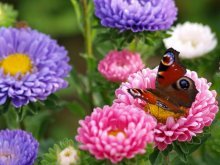
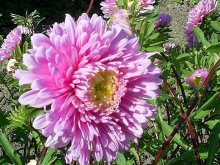
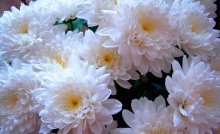
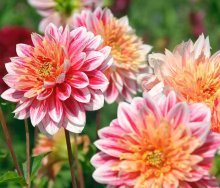
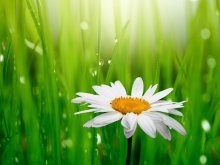
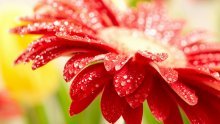

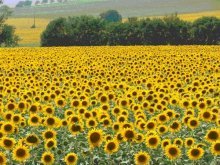
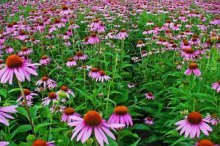
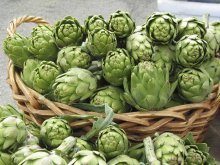
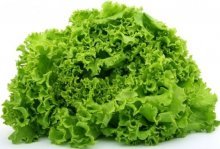
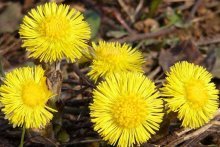
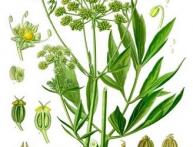
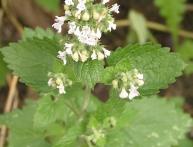
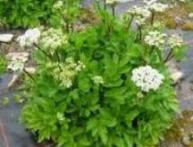
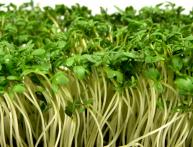
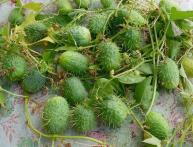
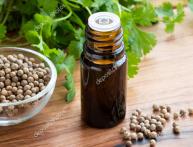
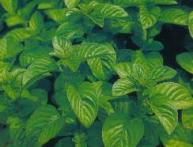
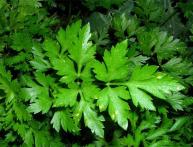
Comments
Representatives of the Aster family also grow in our dacha, mostly perennials. Very beautiful and I recommend it for planting. Maintenance is minimal. They bloom for a long time and are very frost-resistant.
For me, aster plants are my favorite plants, they are unpretentious and easy to care for, while they bloom beautifully and delight with a variety of shades. I plant asters, daisies, calendula, and sunflowers every year.